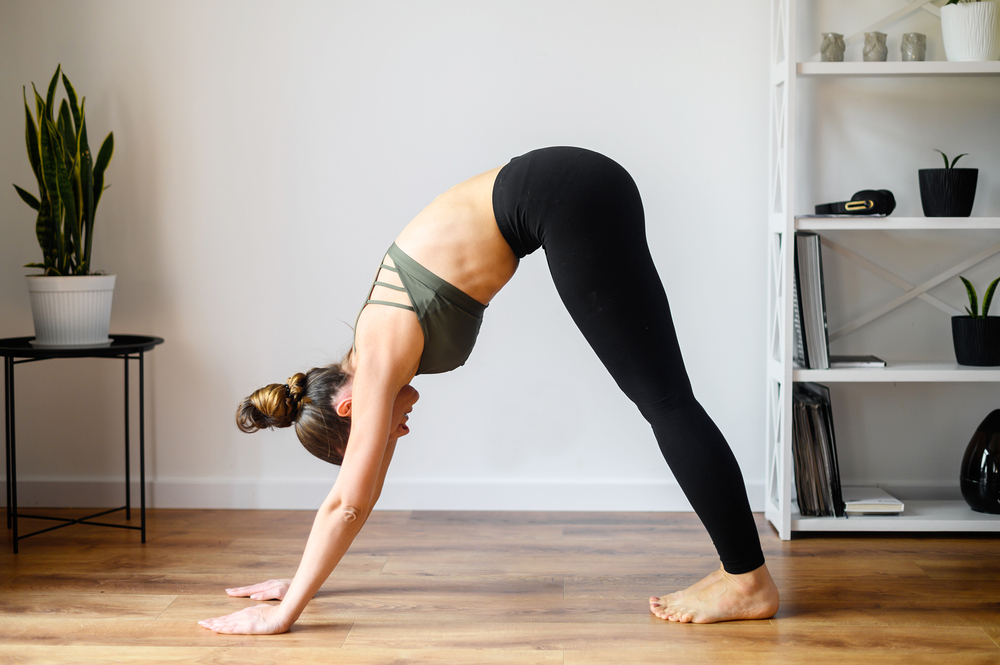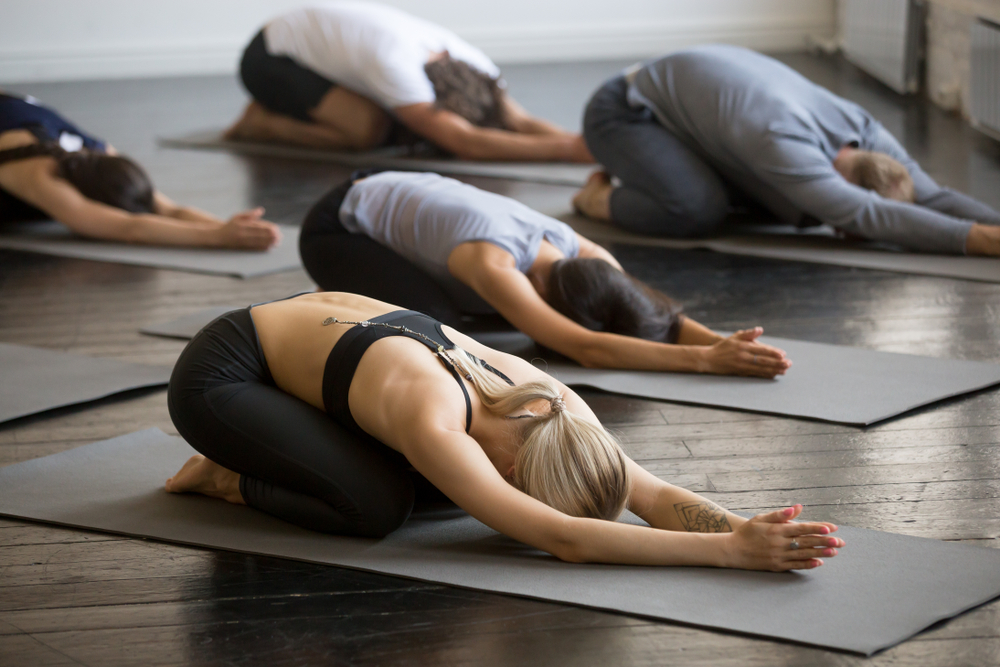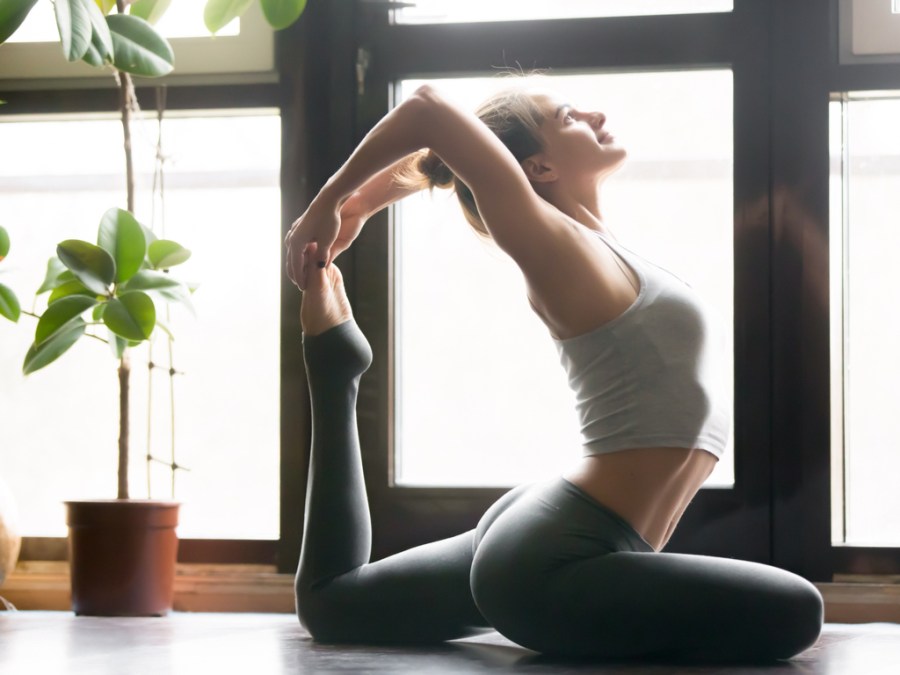You might typically associate yoga with its benefits for physical fitness and mental wellbeing. But did you know, it can also work wonders for your digestive health? Read on to discover how you can use yoga for digestion, including the best yoga poses for relieving different issues.
By Eve Boggenpoel
If you suffer from digestive issues, you’ll know how debilitating they can be. Bloating, stomach cramps, indigestion, nausea – not to mention that growing list of ingredients you have to avoid – can mean nourishing yourself becomes a daily challenge. But elimination diets and food restricting aren’t the only way to manage your symptoms and heal the underlying cause of your digestive complaint.
Research published in the European Journal of Integrative Medicine found a 12-week course of hourly yoga sessions three times a week not only improved the participants’ quality of life and significantly reduced their IBS symptoms (think stomach pain, nausea, bloating, constipation, diarrhoea and fatigue) but also meant they could reduce their medication.
How does yoga aid digestion?
So how does yoga help? As well as improving overall wellbeing, yoga calms an overactive parasympathetic nervous system (the fight and flight response). This is a key factor in digestive issues. It also activates the sympathetic nervous system, appropriately called the rest and digest system. What’s more, specific postures stimulate digestive organs by bringing blood and nutrients to them, aiding elimination through sequential compression and release, and helping speed up the passage of toxins through your system. Want to give it a try?

Specific poses stimulate digestive organs by bringing blood and nutrients to them.
Top tips when using yoga for digestion
Start your practice by taking your spine through all its planes of movement (forwards, backwards, sideways and rotating on its own axis). This will gently stretch your stomach and intestines. Think cat/cow, child’s pose (moving your outstretched arms to each side) and thread the needle pose. Then make your warm-up more active by adding tiger pose, puppy dog to low cobra, and half sun salutes.
Next, further open your side body and chest, and deepen your twists, to prepare your body for the poses listed below. Try extended side angle (forearm to knee), revolved crescent moon (with prayer hands) and full cobra. When doing the digestion-specific poses, remember to breathe deeply as this will gently massage your organs as you alternately compress and release your torso, bringing fresh blood to your cells.
Finally, because stress is at the root of so many digestive issues, be mindful of how you practise and rest whenever you need to. Try child’s pose if that’s comfortable for your stomach (legs wide apart might be easier) or savasana. In fact, in the research above, participants rested in savasana after every three or four postures.
Which yoga poses are best for aiding digestion?
- Downward dog– nourishes your intestines
- Triangle– improves digestion and relieves constipation
- Reverse triangle– stimulates the movement of toxins
- Bridge– compresses digestive organs and relieves digestion-related fatigue
- Half lord of the fishes–massages abdominal organs and boosts pancreas health
- Puppy dog– relieves cramps
- Wind-relieving pose–strengthens ab muscles
- Supine twist– increases blood flow to your digestive organs

Slower-paced Yin yoga can unblock your stomach and spleen meridians to let your qi (or energy) flow freely.
Does Yin yoga help with digestion?
If you want to take a slower approach to your digestive issues you could also try using Yin yoga, working with the stomach and spleen meridians (channels that transport qi, or energy, around the body). This approach aims to compress certain joints to block the flow of qi while opening other areas to redirect it. Because your stomach is responsible for digesting food, a stomach qi deficiency may show up as bloating, gas or IBS. Weakened spleen energy can lead to poor digestion, loose stools or problems with your appetite.
Begin in child’s pose or dangling pose to compress and massage the stomach, then gently move into seal pose to stretch the front of the body, caterpillar (seated forward fold in yang yoga) to strengthen your digestive organs and then reclining twist (one leg bent, one straight) to calm inflammation. Hold each pose for two to five minutes and finally finish in savasana.









